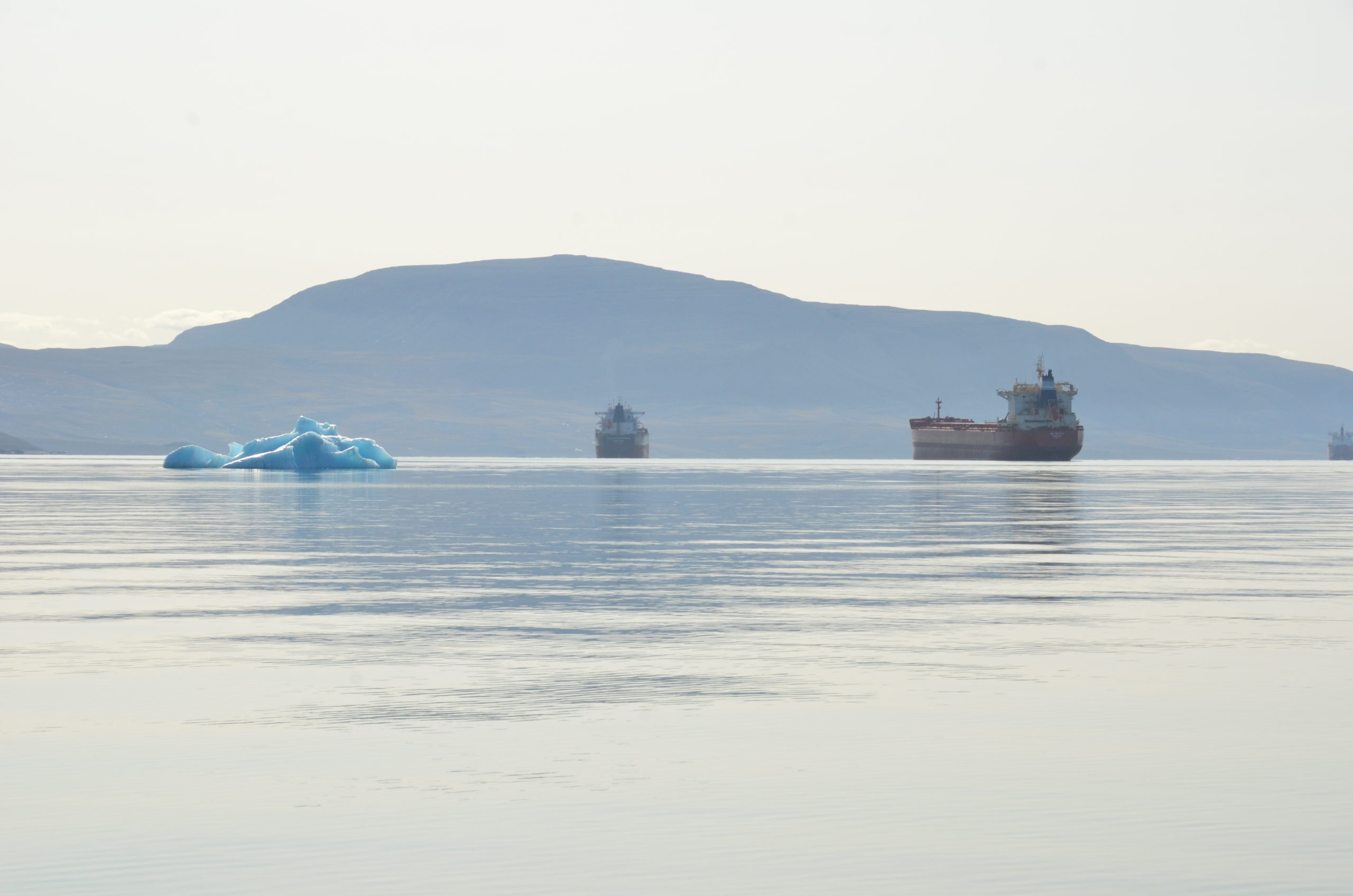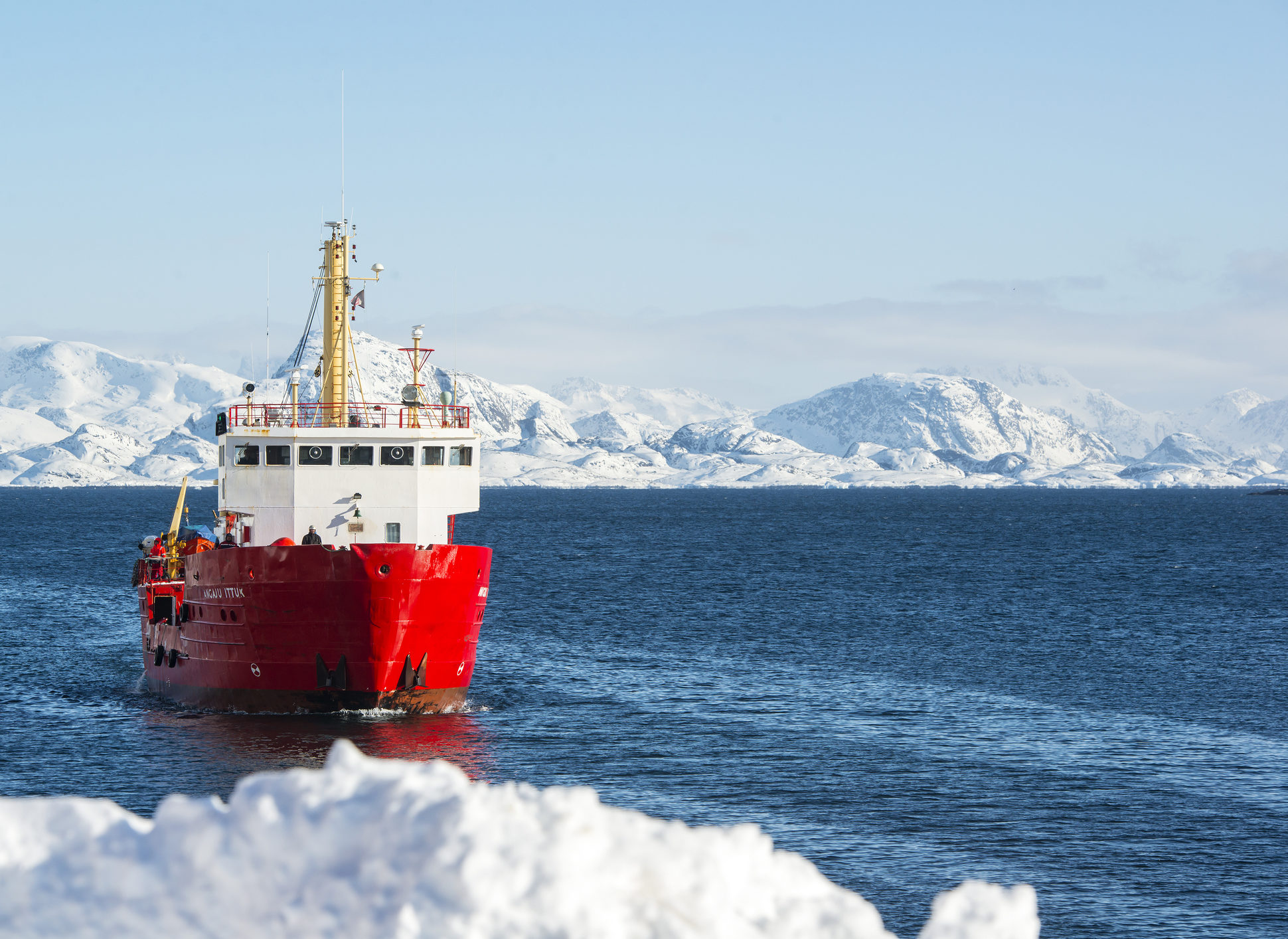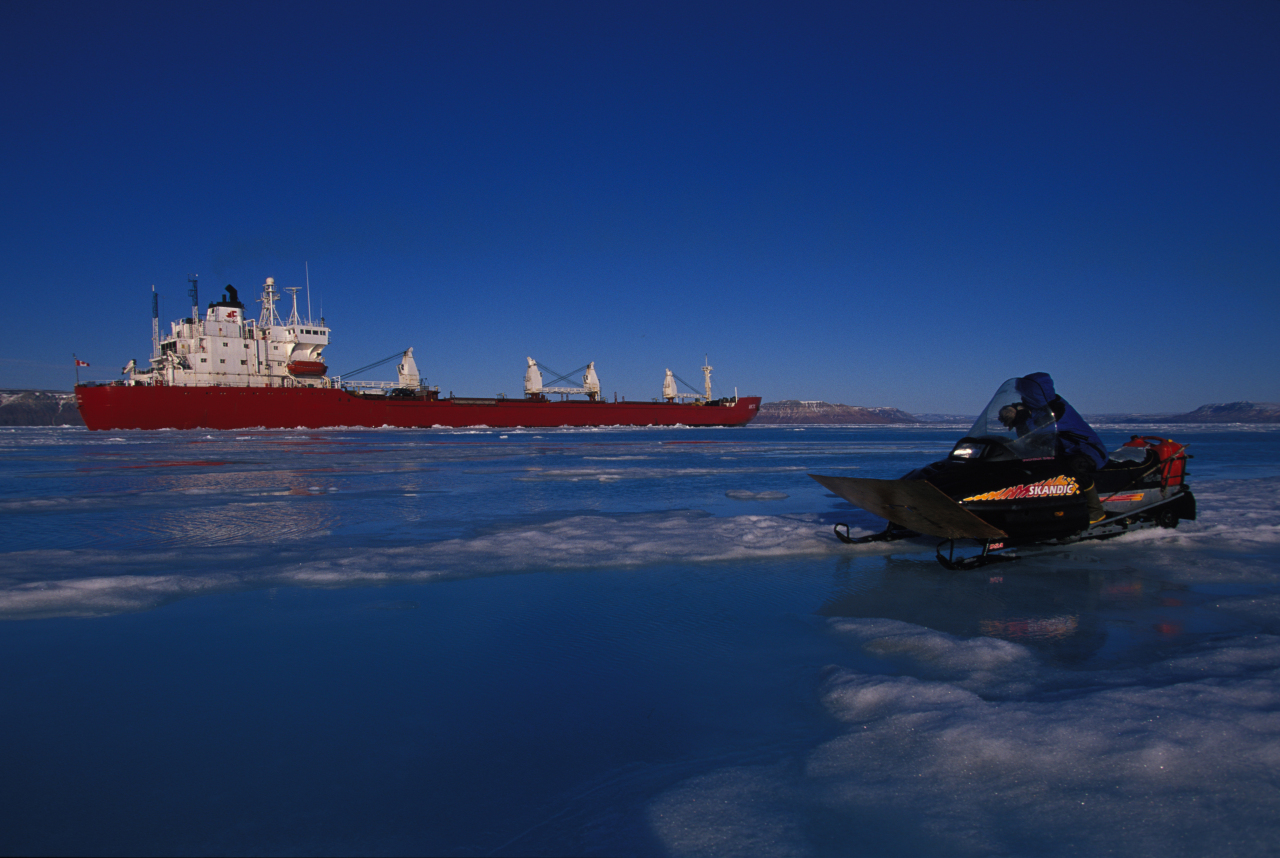Don’t let ships sail around the Arctic’s Heavy Fuel Oil ban
By Kailee Scott and Sam Davin, Marine Conservation and Shipping
On July 1st, the International Maritime Organization’s (IMO) ban on the use and carriage of heavy fuel oil (HFO) in the Arctic finally comes into force. Sort of.
While we welcome this ban as a crucial step in protecting marine biodiversity, it is unfortunately weakened by exemption and waiver clauses that could allow three-quarters of ships to continue using HFO in the Arctic until 2029.

Why we need an Arctic HFO ban
Popular for being readily available and cheap, HFO is the world’s most polluting marine fuel. It’s the sludgy residue left behind from the refining process and contains harmful pollutants that collectively contribute to acid rain, nutrient overloading, sea-ice loss, and even heart and lung disease. It is so dirty that international law demands that the sulphur content be dramatically reduced prior to exhaust being emitted.
This has given way to scrubbers, a common loophole technology that uses seawater to “scrub” pollutants from engine exhaust prior to stack emission. The dirty water then gets discharged back into the ocean, thereby converting air pollution into water pollution.
The shipping industry’s addiction to HFO — and the failure of the IMO to close the scrubber loophole or outright ban HFO — has created a new dominant form of ship-source pollution. Today, more than 97 per-cent of the total volume of polluting waste dumped by ships in Canadian waters is from scrubbers.
But the main reason the IMO agreed to ban HFO in the Arctic is because of the risk of spills. When HFO mixes with water it forms a stable emulsion with the consistency of chocolate mousse that is notoriously difficult to clean up. Unlike distillate fuels, like diesel, HFO doesn’t evaporate quickly. Instead, it lingers in the environment for months, adhering to shorelines, marine life, and sediments causing severe damage to marine and coastal ecosystems.

The challenges and devastation of HFO spills are exacerbated in the Arctic because of unique environmental factors like sea ice and because responders, resources, and supporting infrastructure are likely to be far away.
The supposed ban is full of loopholes
Enacted through amendments to the International Convention for the Prevention of Pollution from Ships (MARPOL) Annex 1, the ban prohibits the use and carriage of HFO in Arctic waters.
However, loopholes in the ban will allow many vessels to circumvent the ban for years. Arctic states, like Canada, can offer waivers to domestic vessels, exempting them until July 1, 2026. Additionally, vessels with better-protected fuel tanks can be exempted until July 1, 2029. These exemptions and waivers allow 74 per cent of the HFO-fueled fleet to continue operating in the Arctic, where they will continue to pose a threat to communities and wildlife for the next several years.
Implementing the HFO ban in Canada
In Canada, the ban will initially be implemented through an interim order because the government failed to incorporate it into national legislation by the July 1 deadline, despite having four years to do so.
Since the ban was first announced in 2020, Inuit communities have requested cost mitigation measures to offset the increased costs associated with resupply vessels using cleaner, more expensive fuels. Instead of offering a cost mitigation plan, Canada has announced waivers for resupply vessels.

This allows HFO-fueled vessels to continue operating in Canada’s Arctic waters, risking a devastating spill close to communities, whose food security is dependent on local wildlife. Additionally, the continued use of HFO so close to shore continues to put communities’ health at risk from toxic emissions and scrubber waste.
While these waivers may help keep the cost of goods stable, it is hard to see Canada’s plan as anything but a Faustian bargain that asks Inuit and other northerners to accept these environmental risks to maintain their cost of living.
HFO shouldn’t be used anywhere, but especially not in the Arctic. As a leading voice in advocating for and bringing about the HFO ban, WWF-Canada welcomes the usage reduction that the ban will bring starting July 1.
But people and wildlife cannot wait for it to fully take effect in 2029.
The Arctic needs a real ban that plugs these loopholes now, and financial support for affected communities so that they don’t have to put themselves in jeopardy just to prevent their grocery bills from rising.

